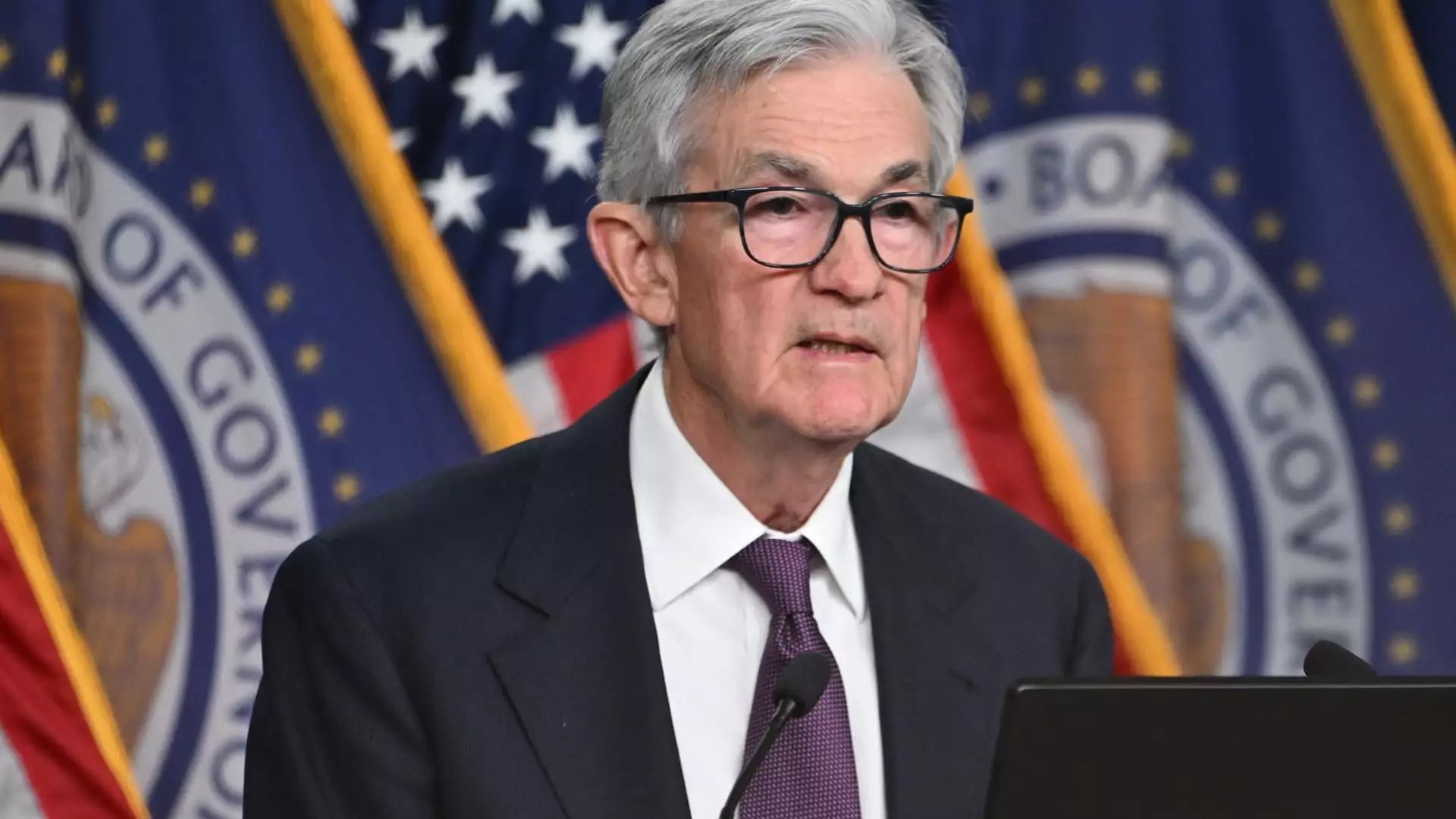On a significant day for financial markets, the Federal Reserve conducted its third consecutive interest rate cut, reducing its key overnight borrowing rate by 25 basis points. This adjustment brings the target range to 4.25% to 4.5%, matching levels from December 2022, a period marked by rising rates. While anticipated by investors, the critical focus shifted to the Fed’s future direction given the current economic climate of persistent inflation and steady growth, which typically discourages rate cutting.
This recent decrease in the federal funds rate signals a notable shift in the Fed’s monetary policy stance. However, Chair Jerome Powell emphasized caution in further cuts, suggesting the Federal Open Market Committee (FOMC) may reduce rates only two more times in 2025. This forecast, reflected in the “dot plot,” reveals a stark reduction in the committee’s previously optimistic outlook compared to September. Herein lies the tension: with inflation solidly above the Fed’s target and economic growth remaining robust, the rationale for further easing raises questions.
The Fed’s approach has typically been to gradually adjust rates in quarter-point intervals, which they seem to be adhering to even amidst fluctuating economic conditions. Powell’s commentary reinforced a sentiment of hesitance, stating, “We can therefore be more cautious as we consider further adjustments to our policy rate.” This statement reflects a broader strategy where the Fed seeks to recalibrate and navigate the current economic landscape delicately.
Following this latest rate cut, market responses showed a paradoxical reaction. Major indices such as the Dow Jones Industrial Average experienced sharp declines, indicating investor apprehension regarding the sustainability of economic recovery. Treasury yields surged, signaling a market expectation that the Fed might have exhausted its capacity for significant rate cuts moving forward.
Goldman Sachs noted the Fed’s slight language adjustment regarding “the extent and timing” of future rate changes, perceiving it as indicative of a more measured pacing of policy adjustments. Market observers interpreted this as a suggestion that the committee might be adopting a more conservative approach moving into 2025 and beyond.
Despite the Fed lowering interest rates, its updated economic projections suggest an optimistic outlook for GDP growth in 2024, now estimated at 2.5%. This marks a half-percentage point increase from previous forecasts. In the long term, however, the committee anticipates a shutdown to a baseline growth rate of 1.8% in subsequent years. Additionally, the Fed adjusted its inflation expectations, anticipating a rise in both headline and core inflation above its 2% target, further complicating the landscape for monetary policy.
These revisions speak to a complicated economic environment where growth appears stable, but high inflation levels call for a delicate balance in policy decisions. Powell’s assertion of “a really good place” for the economy reflects confidence amid caution, yet such optimism clashes with other indicators, including slowed job growth and possible inflationary pressures from fiscal policies under the current administration.
The political climate presents additional layers of complexity for the Federal Reserve. With potential fiscal changes from the incoming administration—including tax cuts and an increased focus on tariffs—the central bank must be strategic in its approach. Powell underscored the necessity of understanding the implications of these policies before making further adjustments to the monetary stance. “We need to take our time, not rush, and make a very careful assessment,” he remarked.
As the Fed navigates these turbulent waters, it is essential to acknowledge their dual mandate of promoting maximum employment and stable prices. Current unemployment metrics hover around 4%, suggesting a labor market that remains resilient. However, inflation levels continue to be problematic, making the Fed’s decision-making process even more daunting.
The Federal Reserve’s recent series of interest rate cuts reflects a proactive approach aimed at fostering economic stability. However, as Powell and his colleagues take a slower, more hesitant path forward, the balance between maintaining growth and controlling inflation remains precarious. With a backdrop of shifting economic indicators and political policies, the coming months will challenge the Fed to remain vigilant in their efforts, ensuring that any future rate adjustments align with evolving economic realities. The Fed’s cautious yet deliberate strategy seeks not just stabilization for today, but sustainability for tomorrow’s economic landscape.

